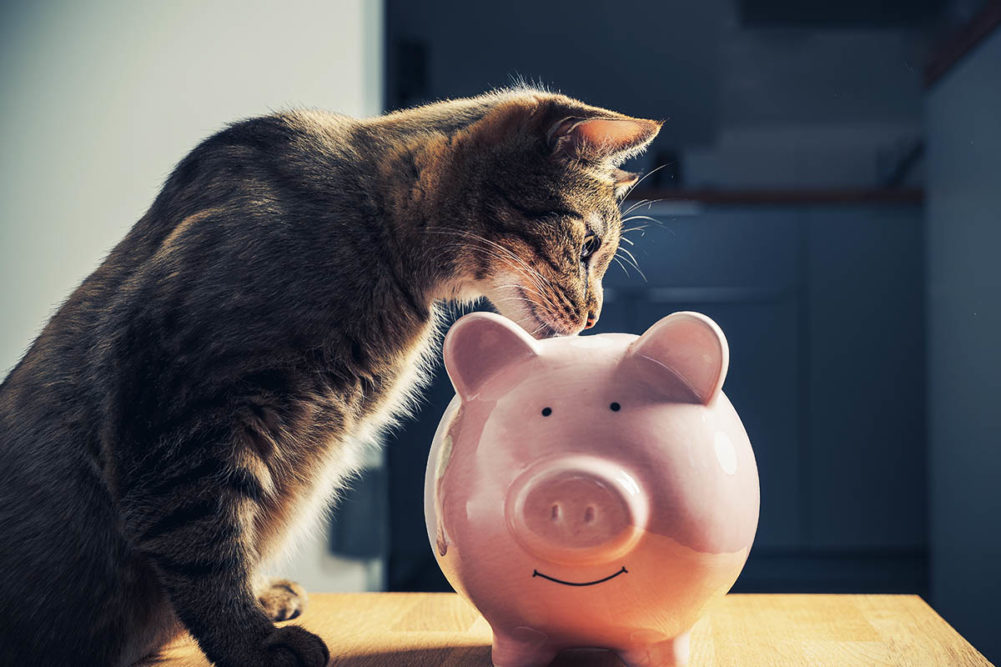CHICAGO — Rising prices are hitting American wallets at the gas station and in the grocery store, as well as in the pet aisle. The combination of an unpredictable supply chain, inflated costs for raw materials, longer lead times and unwavering demand have resulted in higher prices for finished dog and cat food products. The question is, how are pet owners responding?
NielsenIQ reported data from the Bureau of Labor Statistics showing a 9.1% inflation increase from June 2021 to June 2022. In May, Adobe reported online prices for pet products were up 9.1% year-over-year and 1.1% from April to May 2022. According to the Adobe Digital Price Index, online inflation for pet products was observed for two full, consecutive years — from April 2020 to April 2022 — with a peak at 7.8% year-over-year increases in September 2020.
According to NielsenIQ, the total pet care price index in May 2022 was 119.5, up 18.31 points in May 2021. This overall trend is reflected in the price indexes for dog food and cat food; dog food was indexed at 121.8 in May 2022, up 18.66 points year-over-year, while cat food was indexed at 118.9, up 18.56 points year-over-year. NielsenIQ described this data as “a dramatic rise in pricing for essential goods for pets,” and expects the index to continue rising into the third quarter of 2022.
According to NielsenIQ, pet owners are reluctant to adjust their pet spending to inflationary pressures. In the company’s BASES survey conducted in April 2022, roughly 66% dog and cat owners reported if their typical pet food increased in price, they did not expect to choose a different, cheaper option.
Additionally, non-discretionary purchases such as treats, vitamins, supplements and toys continue to be prioritized by pet owners to improve quality of life, health and wellness of their pet, regardless of price hikes.
Although nearly half of respondents said inflation has no impact on their purchasing channel of choice — online or in-store — 40% of pet owners told NielsenIQ they are more likely to shop online in response to rising prices. However, NielsenIQ reported little to no change in market share between brick-and-mortar and online from April to May 2022, with brick-and-mortar pet care sales representing 76.3% of total sales and online sales account for the remaining 23.7%.
Even with inflationary pressures expected to continue, the pet food market continues to prove its resilience, and pet owners have made it clear that they will continue to prioritize the health and wellbeing of their furry companions at any cost.
Keep up with the latest pet food trends on our Trends page.




